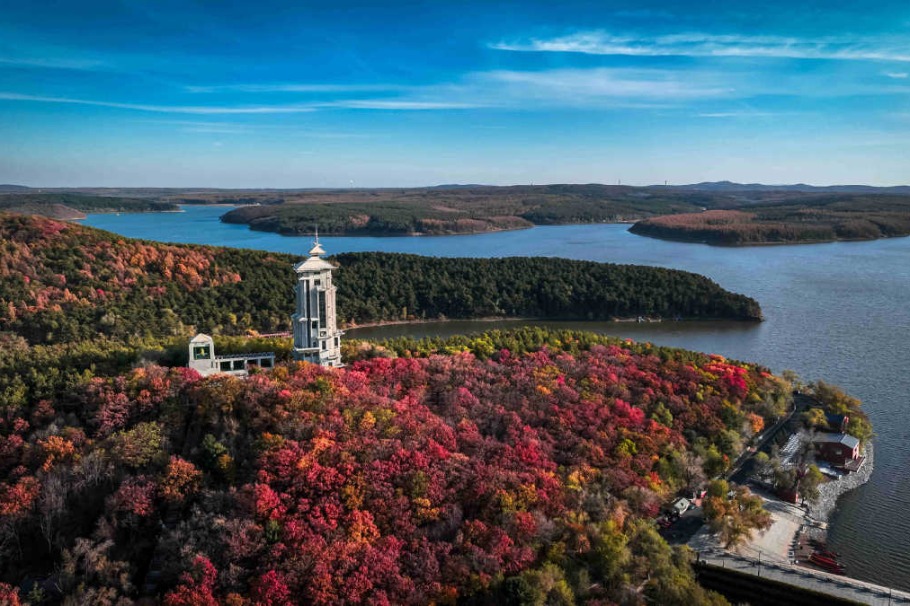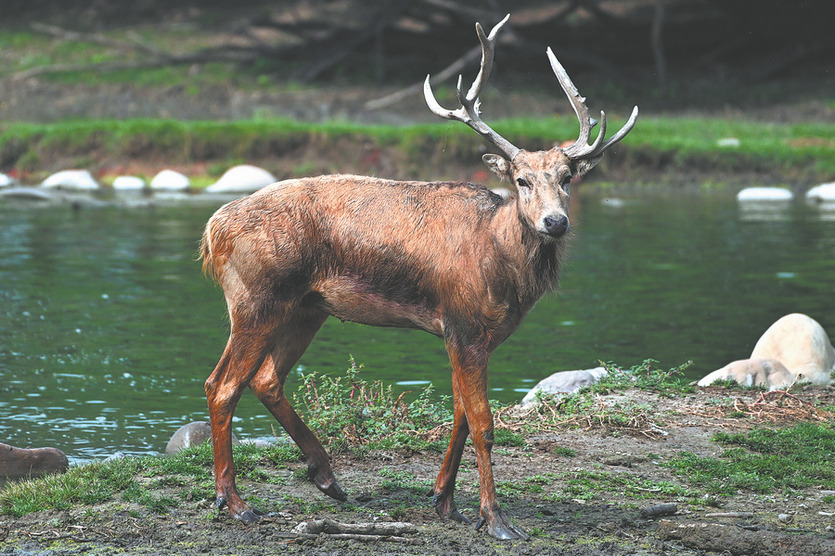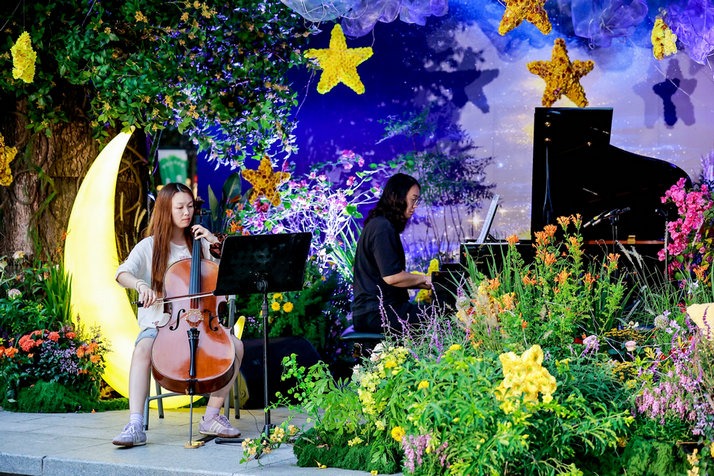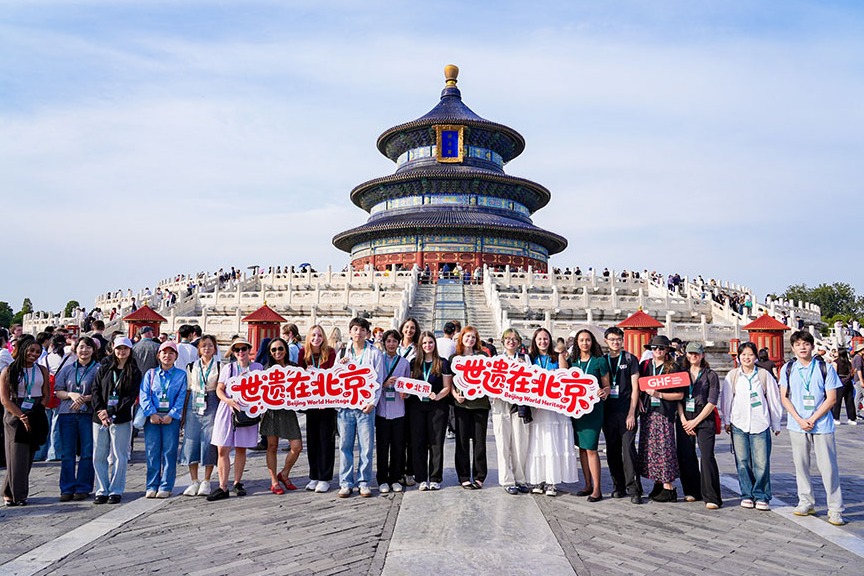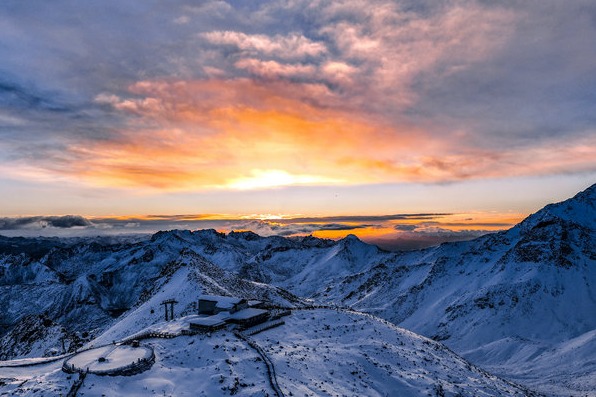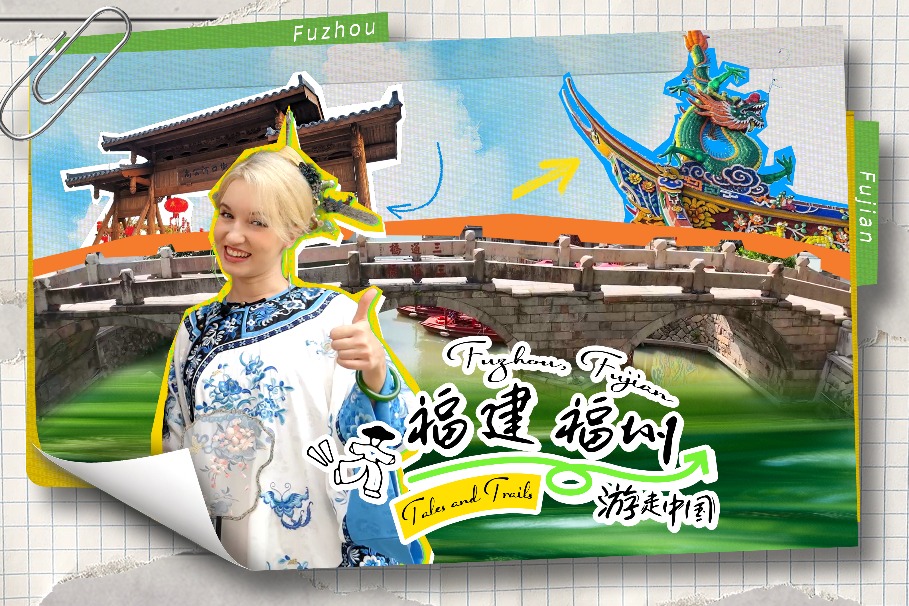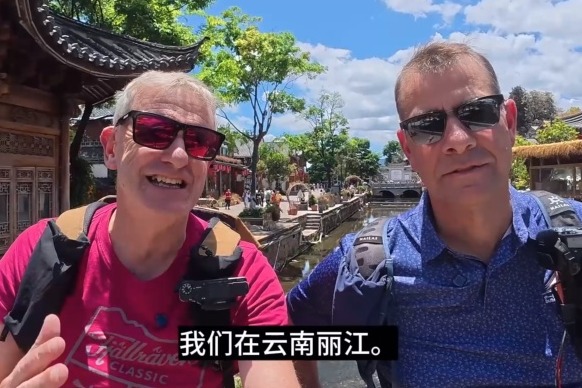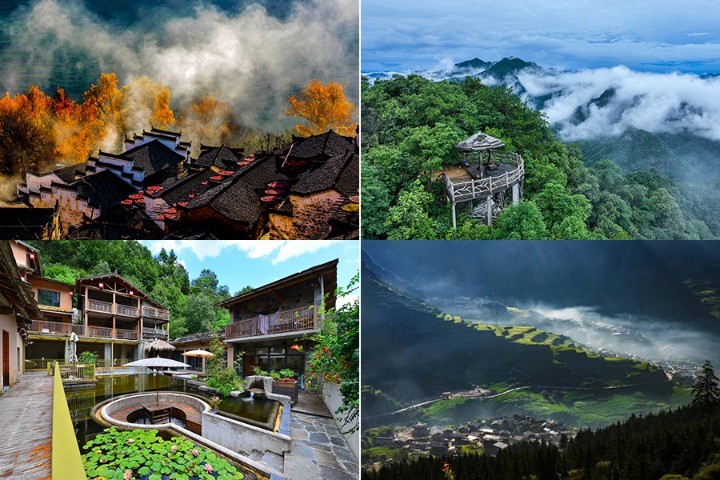BORN OF LEAF, CLAY AND RITUAL
Artisans balance heat, water and skill to revive age-old tea traditions and re-create Song-era ceramic masterpieces, Yang Feiyue and Hu Meidong report in Nanping, Fujian.

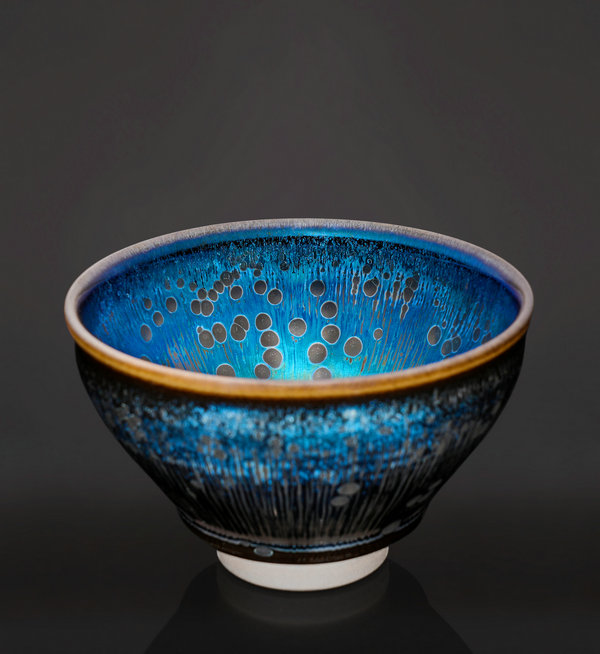
Mount Wuyi is a masterpiece of nature — encircled by verdant peaks, nourished by drifting clouds, and sculpted by the region's unique danxia landforms. It has been a UNESCO World Heritage site for its cultural, scenic and biodiversity values since 1999.
The red sandstone cliffs and mineral-rich soil provide the perfect cradle for tea trees to thrive.
Among the most prized oolong teas, Wuyi rock tea — semi-fermented and revered for its signature character — is celebrated for what connoisseurs call "the rock's strength and the flower's fragrance".
My exploration into the tea culture of this heritage site in the northwestern part of Fujian province starts at the Ruiquan rock tea museum.
The moment I step inside, the faint, smoky-sweet aroma of roasted leaves envelops me, evoking memories of quiet afternoons in ancient gardens.
Huang Shengliang, provincial inheritor of the Wuyi rock tea (Dahongpao) production technique, greets me with a light smile.
















